Microsoft BUILD: Windows 8, A Pre-Beta Preview
by Brian Klug & Ryan Smith on September 13, 2011 12:05 PM EST- Posted in
- BUILD
- Windows
- Microsoft
- Windows 8
- Trade Shows
The Technical Side Of Windows 8: Cont
Moving up the chain, Microsoft has added a number of base class drivers for hardware in Windows 8. This includes not only USB 3, but also class drivers for mobile broadband radios, sensors, and even printers. For printers this means Windows 8 can print to roughly 70% of all Windows 7 certified printers without an additional driver, which is nearly a necessity for Windows 8 as an ARM tablet OS, as drivers may not be available and tracking down a driver flies in the face of the modern pre-configured OS model for tablets.
For mobile broadband things are a bit more interesting. With this addition mobile broadband is being promoted to a first class connectivity option, right up there with Wi-Fi and Ethernet. Mobile broadband hardware can then be integrated into a laptop or a tablet or added via a dongle without requiring a driver or a complex dialer/manager application. Managers will still exist in a lesser form as a Metro application; Microsoft included one such example with the tablet we tested, which had a working AT&T 3G modem and its associated management application.

Windows 8 will also be aware of the limitations of mobile broadband connections, with an emphasis in usage caps. Given appropriate information by the ISP Windows 8 knows to halt background download processes (e.g. Windows Update, weather updates, RSS) to keep them from consuming valuable bits, and to notify the user if the device is approaching the cap and would be subject to overages. Along these lines Windows 8 also knows to switch to another source (i.e. Wi-Fi) when it’s available to avoid using up those metered bits.
We’ve mentioned permissions before when talking about the Windows Store, but it seems prudent to mention it again. For Metro applications Windows 8 will have a more fine grained permissions model than existing low/user/admin level privileges, by implementing Android style permissions. Metro applications will only be able to access the resources and data they were approved for, reducing the ability for a compromised application to be used as a launch pad for further attacks.
Our next stop on our look at the technical details for Windows 8 is the boot process. Microsoft put up an interesting blog last week discussing Windows 8’s new boot process, which was reiterated here – Windows 8 boots up much faster than Windows 7 thanks to the fact that only user processes are shut down, meanwhile the kernel is hibernated rather than shut down, shaving off a lot of time that would be needed to reload the kernel from a fresh boot. Realistically you need a motherboard with a very fast POSTing sequence, which means this is best paired with UEFI-based OEM boards. Certainly self-built systems will improve too, but we would not expect by as much.
The other new fact discussed about the Windows 8 boot process was that Microsoft is making another push to secure it through chain of trust hardware (presumably a TPM module), this time under the name Secure Boot. Utilizing the chain when available, if Windows 8 detects that a boot component has been modified it will fail the boot and kick over to the Windows Recovery Environment to restore the OS to a fixed state. With ARM devices (and even most PC tablets) the use of this feature will be a given, but obviously TPM hardware is much rarer on laptops and desktops.
Windows’ anti-malware features will also be making an appearance in the boot process. Windows Defender (which now includes Microsoft Security Essentials) now loads immediately after the critical boot components are loaded, allowing Defender to check everything that wasn’t protected by the Secure Boot process above.
Finally when it comes to booting, the last bastion of the CLI in the Windows boot process is gone. The F8 menu has been replaced with a GUI based Windows Recovery Environment. The WRE goes hand in hand with two other recovery features: Refresh and Reset.
Reset is a Windows-based implementation of OEM OS recovery partitions: when Reset is triggered, the entire system is overwritten by the restoration copy. As for Refresh it’s a bit more nebulous; it’s apparently a new implementation of Windows’ existing Last Known Good Configuration, allowing users to revert anything crapware may have done. But we don’t have the full details on its underpinnings at this time.

Last, but certainly not least we have the Task Manager. Other than a couple of minor changes with Windows Vista the Task Manager has remained nearly unchanged for years, so of course Microsoft has gone ahead and overhauled it. By default the new Task Manager is extremely simplified and only lists running user applications, thereby ensuring users only close applications and not background processes and such by mistake.
In detailed most the Task Manager takes on a more traditional appearance, giving you greater details about all of the running processes (including breaking them down by application or background process), but also a number of new performance metrics (largely taken from Windows 7’s performance monitor), and even an over-time breakdown of the resource usage of all of the system’s installed Metro applications. Interestingly the Task Manager itself is not strictly Metro, but rather a desktop application that doesn’t require the desktop environment to be loaded.


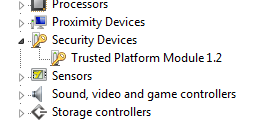
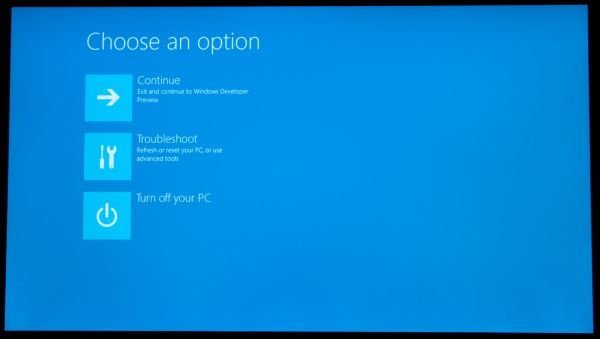
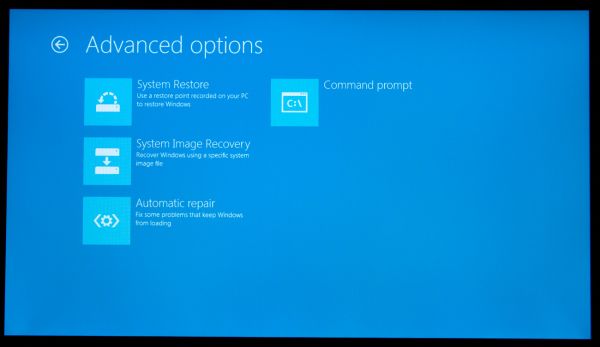
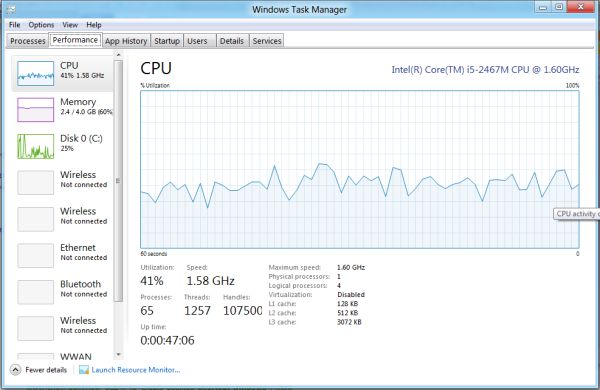
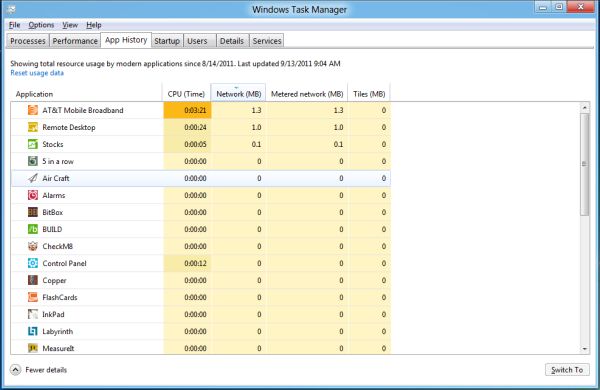








235 Comments
View All Comments
Saad_Salman - Tuesday, September 13, 2011 - link
I'm amazed how much MS is bragging about the so called 'windows tablet interface' with html5 (css & js) apps like it's never been done before. Dashboard? Remember something? Apple did it with Webkit application framework, with which, developers have been creating apps since OSX Tiger. Tiles are almost identical to dashboard with different ui.http://en.wikipedia.org/wiki/Dashboard_(software)
Bees - Tuesday, September 13, 2011 - link
How do we think it is going to handle multiple monitors? Will only one get the Metro treatment while the rest show the traditional desktop?tayb - Tuesday, September 13, 2011 - link
Metro is for portable devices. Slates, Tablets, etc. This will not be on your gaming rig.The freaking demo was done on a 11.1" tablet for crying out loud.
Not only that but if you don't like Metro no one, NO ONE, will force you to use it. And who in their right mind would use it on their desktop??? Haven't you seen the other screen shots of Windows 8? It's still a desktop OS. Metro is essentially an "add on" for mobile.
Rand - Tuesday, September 13, 2011 - link
It's helpful to read the article, and to read the tons of stuff MS has put up and all the live blogs from BUILD.You HAVE to use Metro, you have no choice. Microsoft WILL force you to use it, it is Windows. On all platforms you have Metro and you will be using it.
Metro is not as addon, it is the core of Windows.
Any time you launch an application or configure system settings, or bootup or anything of the like you will be using Metro. It cannot be disabled. There are no alternatives.
This will be on your gaming system, and your servers, and everything else. MS has made this abundantly clear. It's been stated in a dozen articles.
You cannot disable Metro.
rs2 - Tuesday, September 13, 2011 - link
"Microsoft WILL force you to use it, it is Windows."You seem to have confused Microsoft with Apple, and Windows with OSX. If anything, Microsoft has a fairly good track record of allow users to enable "Classic" features if they prefer them.
Rand - Tuesday, September 13, 2011 - link
No confusion, I just read what MS has said. Unless their lying, you cannot enable a classic experience.fausto412 - Tuesday, September 13, 2011 - link
is it really time for a new windows?Microsoft has lost its mind.
Malih - Tuesday, September 13, 2011 - link
But I know I'll be buying a Windows 8 tablet PC,or maybe if they can implement something like Kinect so you can operate the touch UI with non-touchscreen monitor, and do it from reasonable distance with good accuracy.
trip1ex - Tuesday, September 13, 2011 - link
MS is just creating the same tablets as they did before but with a tablet gui. And I think that is a mistake just as it was before.The end result is a big tablet with terrible battery life and heat issues at a high price. No one wants that as a tablet.
And no one wants the tablet form factor to use traditional desktop apps because then you might as well stick with the laptop.
And Win8 on ARM? Not seeing how they can pull that off and have decent battery life and performance still. I will believe it when I see it.
The beauty of the tablets i have used is the lightweight. The long battery life. The snappy performance for reading, email, video, and light weight tasks. The fact it gets out of the way. It is not just the form factor.
Win8 on ARM will be a mirage because Win8 will not truly work well on ARM
UMADBRO - Tuesday, September 13, 2011 - link
Once again, because you seem to have super powers and already know something about an unfinished product on unfinished hardware, you seem to be able to peer into the future and know everything there is to know about this. Bravo. Thank you for telling the masses your wonderful insight, instead of keeping it to yourself!